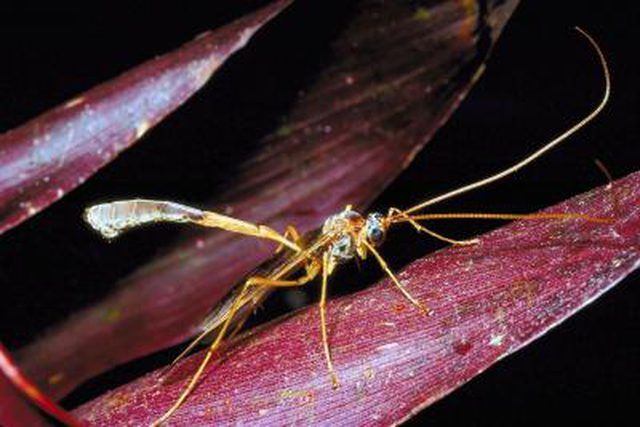Bulbs
Flower Basics
Flower Beds & Specialty Gardens
Flower Garden
Garden Furniture
Garden Gnomes
Garden Seeds
Garden Sheds
Garden Statues
Garden Tools & Supplies
Gardening Basics
Green & Organic
Groundcovers & Vines
Growing Annuals
Growing Basil
Growing Beans
Growing Berries
Growing Blueberries
Growing Cactus
Growing Corn
Growing Cotton
Growing Edibles
Growing Flowers
Growing Garlic
Growing Grapes
Growing Grass
Growing Herbs
Growing Jasmine
Growing Mint
Growing Mushrooms
Orchids
Growing Peanuts
Growing Perennials
Growing Plants
Growing Rosemary
Growing Roses
Growing Strawberries
Growing Sunflowers
Growing Thyme
Growing Tomatoes
Growing Tulips
Growing Vegetables
Herb Basics
Herb Garden
Indoor Growing
Landscaping Basics
Landscaping Patios
Landscaping Plants
Landscaping Shrubs
Landscaping Trees
Landscaping Walks & Pathways
Lawn Basics
Lawn Maintenance
Lawn Mowers
Lawn Ornaments
Lawn Planting
Lawn Tools
Outdoor Growing
Overall Landscape Planning
Pests, Weeds & Problems
Plant Basics
Rock Garden
Rose Garden
Shrubs
Soil
Specialty Gardens
Trees
Vegetable Garden
Yard Maintenance
How to Catch Wasps
How to Catch Wasps. Wasps can be a nuisance when you are trying to sit in your yard or on your back porch. Wasps form nests in house shutters or eaves and can become aggressive when swatted at or if their nest is disturbed. To avoid wasp stings, the insects should be caught and killed, especially when young children are present. Wasp traps may be...

Wasps can be a nuisance when you are trying to sit in your yard or on your back porch. Wasps form nests in house shutters or eaves and can become aggressive when swatted at or if their nest is disturbed. To avoid wasp stings, the insects should be caught and killed, especially when young children are present. Wasp traps may be hung from trees, porches and overhangs to attract wasps and catch them.
Things You'll Need
Empty two liter bottle
Utility knife
Jelly or jam
Scotch tape
Bucket of water
Round, glass wasp catcher
Sugar water
Hose
Homemade Wasp Catcher
Cut the top off a two liter bottle using an utility knife. Run water into the bottom of the bottle until it is half way full. Coat the inside of the neck from the top piece with jelly or jam.
Place the top piece upside down back on top of the bottle. The spout will be facing down towards the water with the jelly or jam side facing up.
Scotch tape two sides of the top to the bottom piece to keep secure. Place the bottle near the wasp nests. The wasps are attracted to the jam and will find it hard to get out of the funnel. They will fall into the bottle and drown in the water.
Clean the wasp trap once a week or when you have caught several wasps. Dunk the bottle in a bucket of water for half an hour before cleaning to ensure that all of the wasps are dead.
Purchased Wasp Catcher
Purchase a round glass wasp catcher to hang in a tree or set on a deck or porch.
Add sugar water or wasp bait to the catcher. Secure the stopper on top of the catcher. Wasps enter through a hole in the bottom of the catcher and cannot get out.
Empty the glass catcher once a week or when the bottom is covered with dead wasps. Place it in a bucket of water for half an hour to make sure that all of the wasps have drowned.
Take the stopper off the top of the catcher and spray the dead wasps out with a hose.